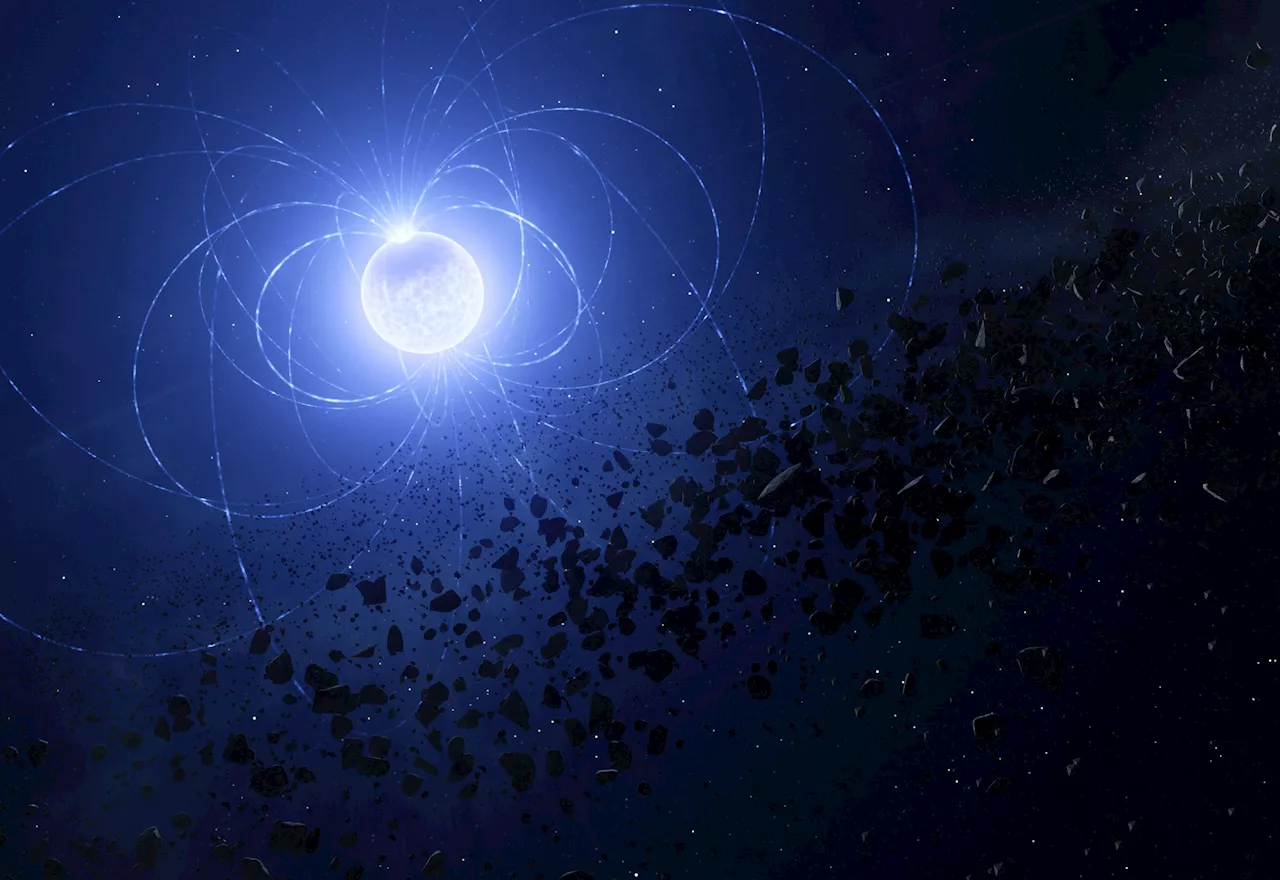Space and astronomy news
Nothing is immortal. Everything has a finite existence, including the stars themselves. How a star dies depends on several factors,For the Sun, this means that in several billion years it will swell to a red giant as it churns through the last of its nuclear fuel. The core that remains will then collapse to become a white dwarf. Of course, the Sun is home to several planets, including Earth.
There are three main ideas as to how planetary systems end. One is that planets can be cast off into interstellar space to becomeAs a star loses its outer layers, its decreased gravitational pull may allow planets to escape their orbit. Another possibility is that planets can survive the red giant stage of a star and remain in orbit. We haveso we know this is a possibility.
The study is based upon a white dwarf known as WD 0816-310, which is what’s known as a “polluted” white dwarf. This means its spectrum shows the presence of metallic elements that aren’t the product of the white dwarf itself. These contaminants could be caused by dust backfalling onto the white dwarf at the end of the red giant stage, or by asteroids or planets colliding with the star.
In this study, the team found evidence of metallic accretion in a short geological period. What’s more, they found that the presence of metals was not evenly distributed across the star as you would expect from dust or a scattering of small asteroids. Instead, they found a localized region of metals, as a kind of metallic scar caused by a single impact.
Given the diversity of exoplanetary systems, it is likely that all three scenarios can occur. We know of rogue planets, we see dead stars with exoplanets, and now we see the scars of planetary impacts upon a white dwarf. One of these fates will be Earth’s. For now, only time knows which outcome it will be.
South Africa Latest News, South Africa Headlines
Similar News:You can also read news stories similar to this one that we have collected from other news sources.
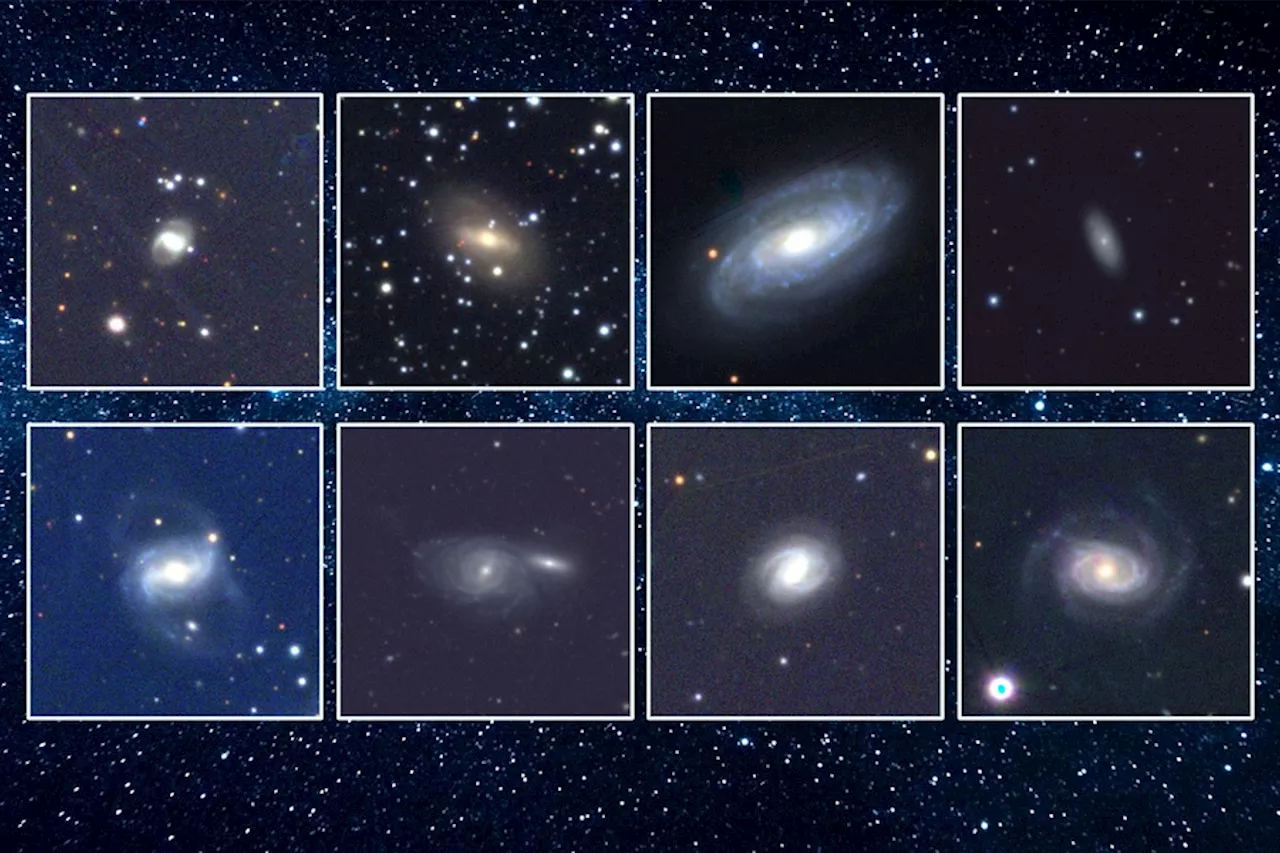 Astronomers See 18 Examples of Stars Getting Torn Apart by Black HolesSpace and astronomy news
Astronomers See 18 Examples of Stars Getting Torn Apart by Black HolesSpace and astronomy news
Read more »
![]() Photographer Turns the Lens on Amateur Astronomers Who Contribute to ScienceA photographer spent five years traveling the world to turn the lens on amateur astronomers who have contributed to science.
Photographer Turns the Lens on Amateur Astronomers Who Contribute to ScienceA photographer spent five years traveling the world to turn the lens on amateur astronomers who have contributed to science.
Read more »
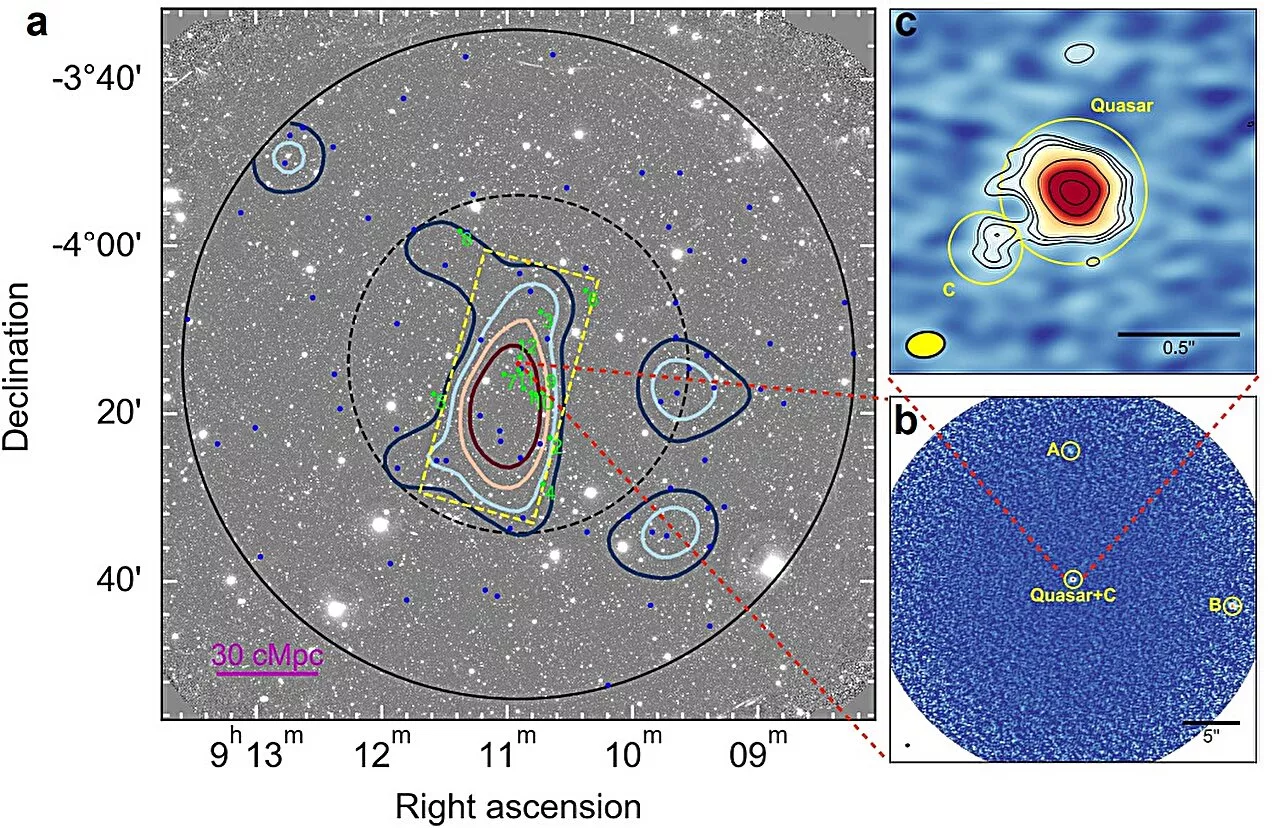 Astronomers discover massive protocluster around luminous quasarAstronomers from the Steward Observatory in Tucson, Arizona and elsewhere report the detection of a new massive protocluster. The structure was found around a luminous quasar known as J0910–0414. The discovery was detailed in a paper published February 2 on the pre-print server arXiv.
Astronomers discover massive protocluster around luminous quasarAstronomers from the Steward Observatory in Tucson, Arizona and elsewhere report the detection of a new massive protocluster. The structure was found around a luminous quasar known as J0910–0414. The discovery was detailed in a paper published February 2 on the pre-print server arXiv.
Read more »
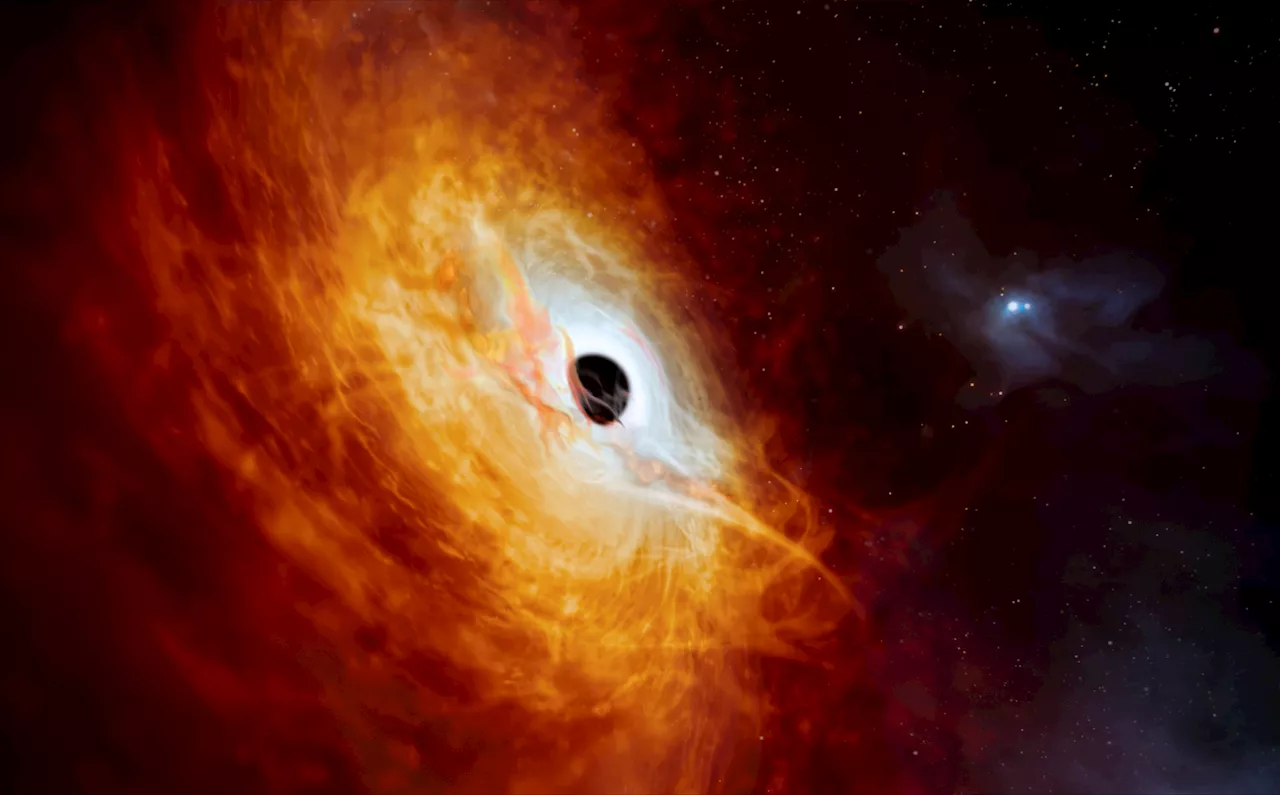 Astronomers find record-breaking black hole that swallows a sun a dayAstronomers have found a record-breaking quasar with a black hole at its heart growing so fast that it swallows the equivalent of a sun a day.
Astronomers find record-breaking black hole that swallows a sun a dayAstronomers have found a record-breaking quasar with a black hole at its heart growing so fast that it swallows the equivalent of a sun a day.
Read more »
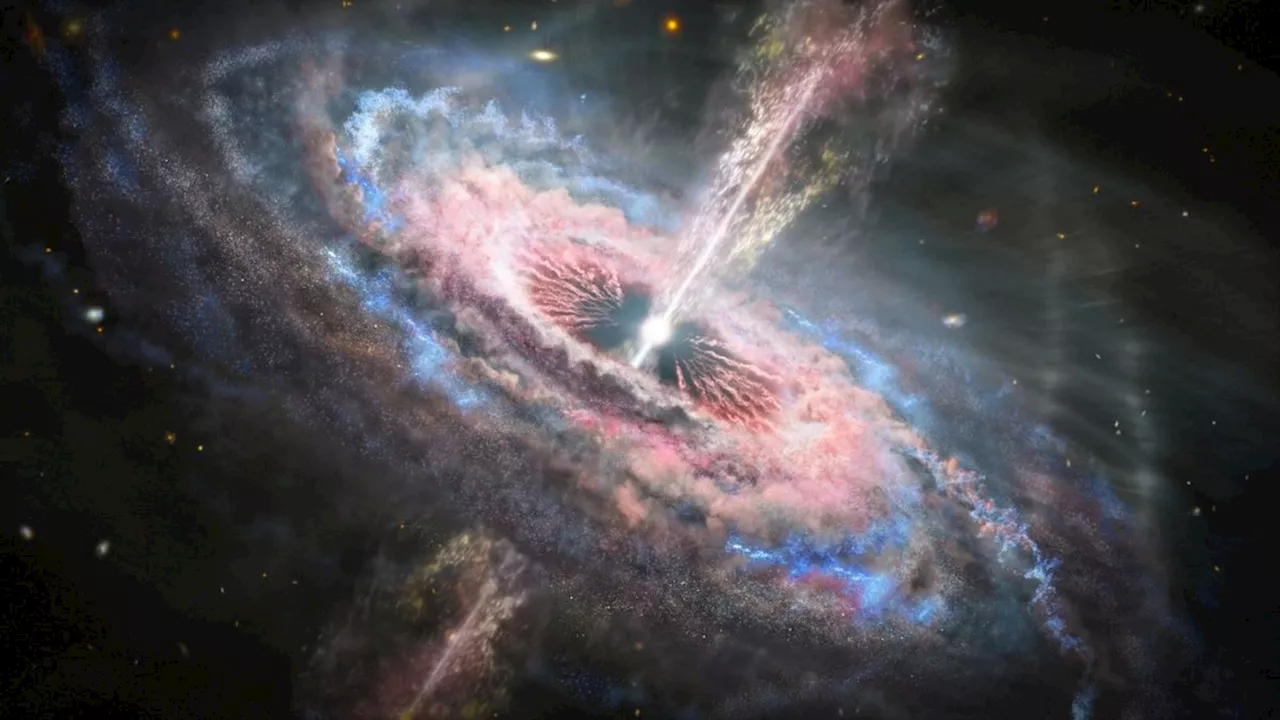 Astronomers find monster black hole devouring a sun's-worth of matter every dayBen Turner is a U.K. based staff writer at Live Science. He covers physics and astronomy, among other topics like tech and climate change. He graduated from University College London with a degree in particle physics before training as a journalist.
Astronomers find monster black hole devouring a sun's-worth of matter every dayBen Turner is a U.K. based staff writer at Live Science. He covers physics and astronomy, among other topics like tech and climate change. He graduated from University College London with a degree in particle physics before training as a journalist.
Read more »
